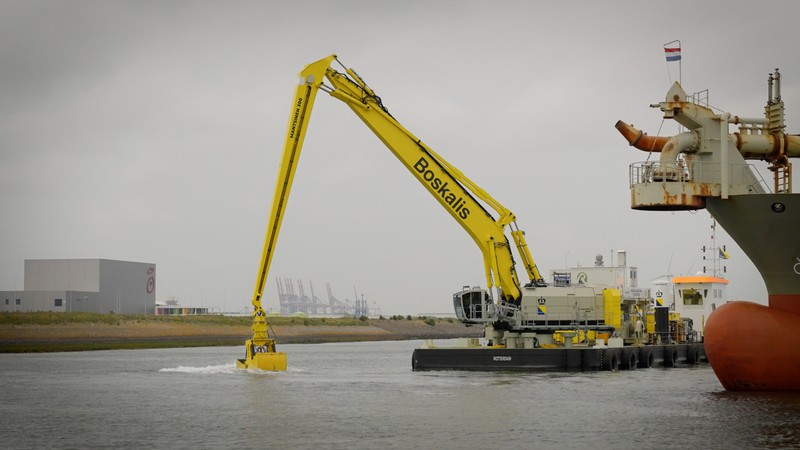Hydrogen-powered dredging in the port of Rotterdam
The Port of Rotterdam Authority is constantly investigating and developing solutions to make dredging smarter, more efficient and more sustainable. Together with ZEDhub and Boskalis, we recently carried out a hydrogen-powered dredging pilot.
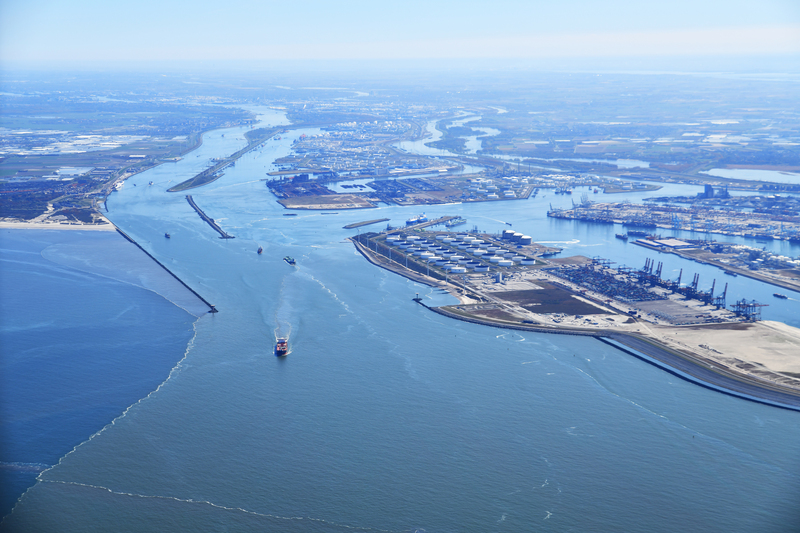
Sustainable dredging in the port of Rotterdam
Rijkswaterstaat and the Port of Rotterdam Authority are working hard to ensure an accessible port and hinterland. To maintain the water depth in the waterways, we dredge and maintain the port basins and navigation channel in the Nieuwe Waterweg. In doing so, we are constantly looking for solutions to ensure these tasks are carried out smarter, more efficiently and more sustainably. To reduce CO2 emissions and save costs, we run pilots and projects and implement innovative solutions. We also focus on making dredging equipment more sustainable. And we aim to (re)use the material released during dredging operations in the most sophisticated way possible. This is how we innovate navigation-channel maintenance and the dredging process to ensure that our customers can continue to operate successfully. And this is how we contribute to a sustainable, future-proof port.
Innovative dredging methods
The PRISMA research programme (an acronym for PRogramme Innovative Sediment MAnagement) explores innovative dredging methods. The programme is committed to reducing dredging efforts (cost savings) and lowering CO2 emissions.
Water injection dredging
Over the last two years, the Port of Rotterdam Authority has been investigating whether to use water injection dredging. We examined how sludge behaves, with the aim of dredging more efficiently and reducing CO2 emissions. In liquid form, this offers many opportunities. Find out more? Watch the video.
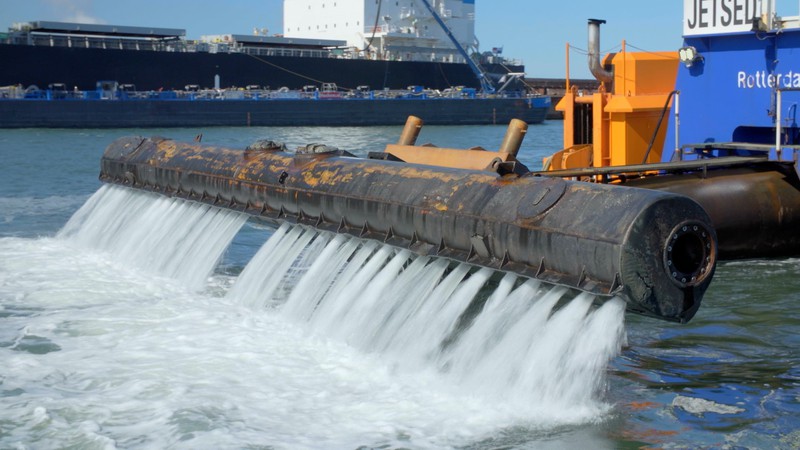
Dredging using more sustainable energy types
The port of Rotterdam aims to be a pioneer in the energy transition and to drive greater sustainability in the port at a faster pace. We are exploring options for dredging using more sustainable fuels, such as ammonia, methanol and hydrogen.
Hydrogen-powered dredging
Together with ZEDhub and Boskalis, we recently carried out a hydrogen-powered dredging pilot. This involved using hydrogen to power the electrical crane of the Medusa 2. A fuel cell converts the hydrogen into electricity that then powers the crane. Find out more? Watch the video.
Reusing sediment in the port of Rotterdam
The Suricates project (Sediment Use as Resource In Circular And Territorial EconomieS) implements new, large-scale solutions for reusing and redistributing sediment in ports, waterways and coastal areas in Northwest Europe. In cooperation with Deltares and Rijkswaterstaat, the Port of Rotterdam Authority conducted a pilot.
Flood protection
A pilot has been successfully completed in the port of Rotterdam where we are reusing released sediment from dredging for flood protection and erosion control. Interested? Read more.
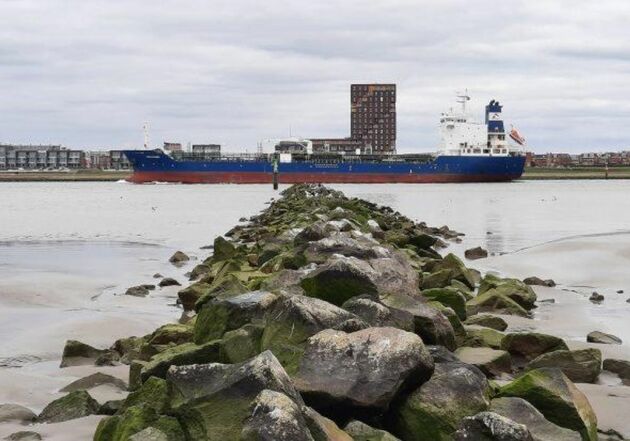
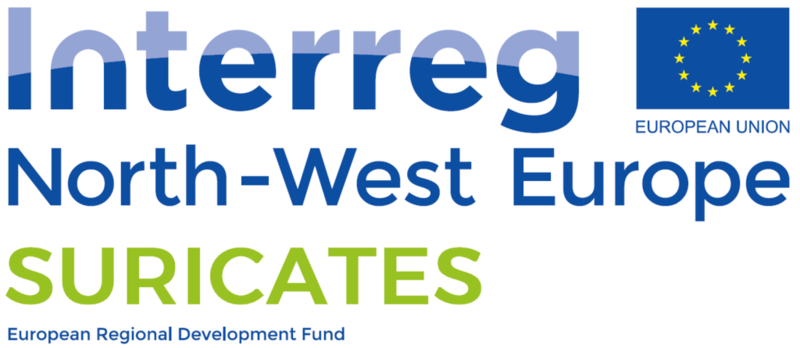
Clinkers from dredged material
Together with Netics, the Port of Rotterdam Authority is studying how sediment released from dredging work in and around the port can be put to good use. One of the latest techniques is a high-pressure system that compresses dredged material into a substance that is fit for use as a concrete substitute. The aim is to further develop this technique for concrete products, such as concrete clinkers. These will then be used in various projects in the port area with the aim of replacing traditional concrete clinkers with clinkers made of dredged material. This represents a significant contribution to the commodities transition towards a circular economy.
Smart infrastructure
The Port of Rotterdam Authority manages a port area of more than 12,500 hectares and owns about 89 kilometres of quay walls. Due to new demands, ambitions, legislation and economies of scale, the port of Rotterdam is fully committed to a physical and digital smart infrastructure. Learn more? Smart infrastructure | Port of Rotterdam
While the advice given in this editorial content has been developed using the best information available, it is intended purely as guidance to be used at the user’s own risk. No responsibility is accepted by CEDA or by the Intent Communications Ltd or by any person, firm, corporation or organisation who or which has been in any way concerned with the furnishing of information or data, the compilation, publication or any translation, supply or sale of this Guidance for the accuracy of any information or advice given herein or for any omission herefrom or from any consequences whatsoever resulting directly or indirectly from compliance with or adoption of guidance contained therein even if caused by a failure to exercise reasonable care.
